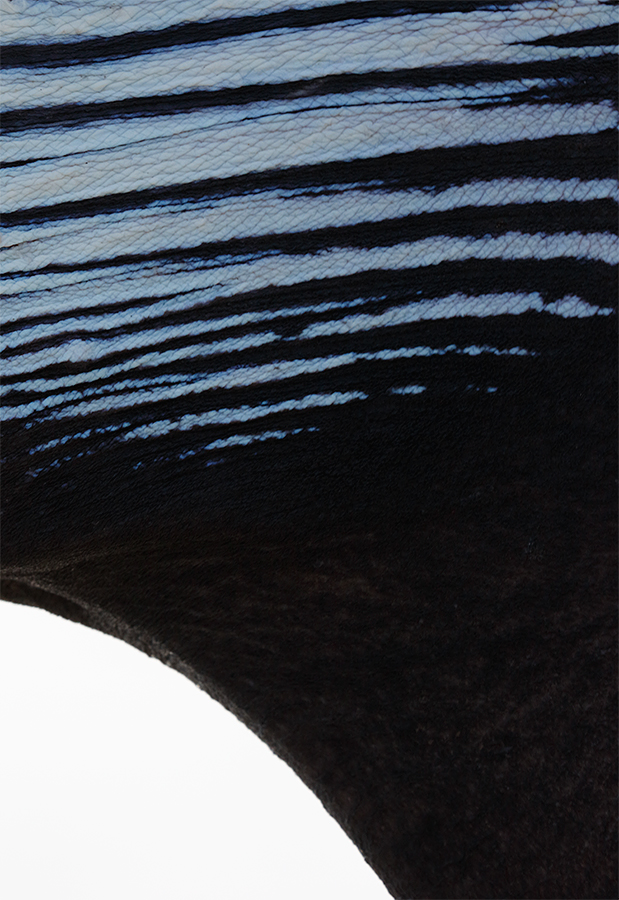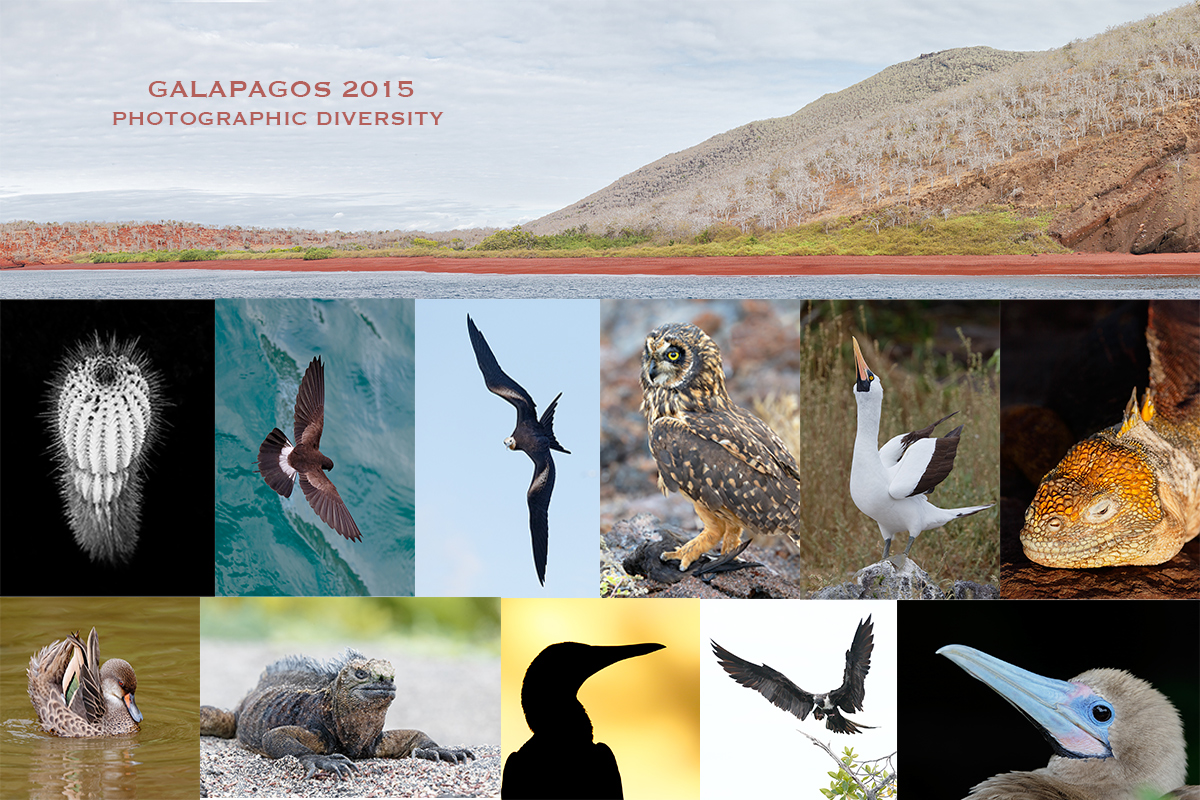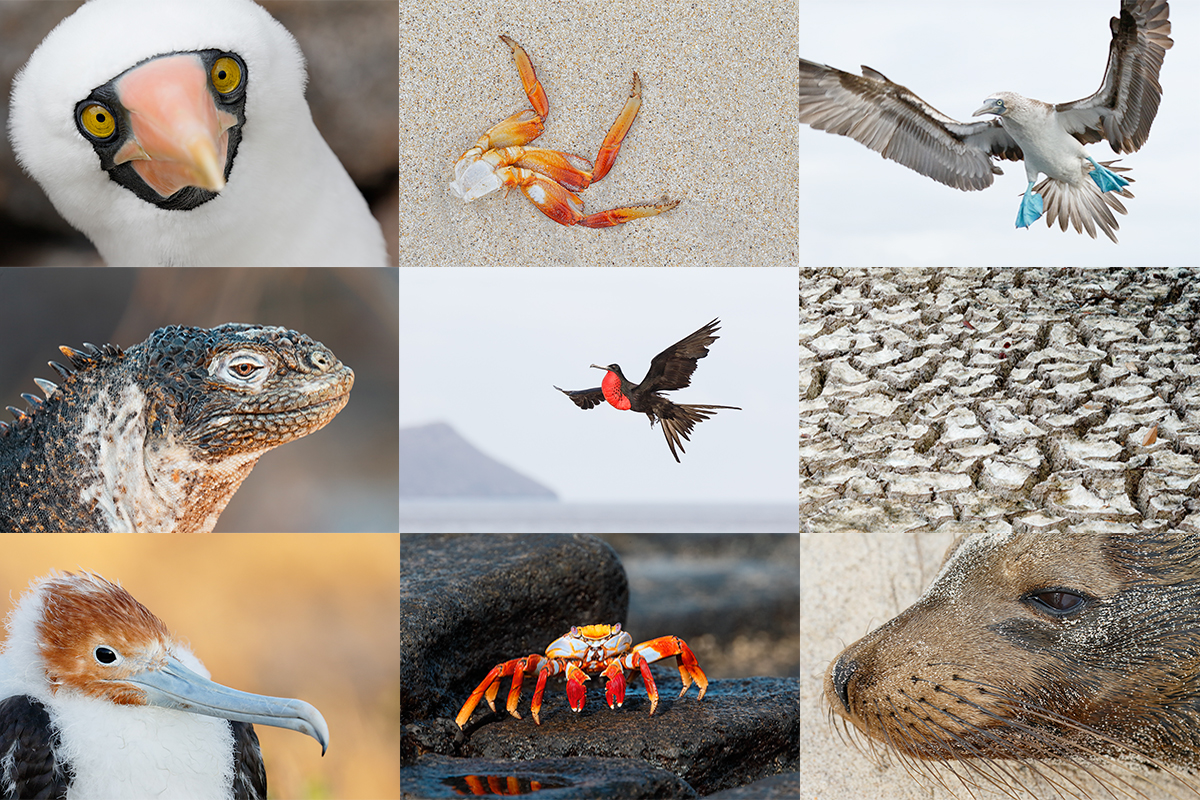What’s Down?
This is yet another blog post that I prepared on the early morning of Tuesday, October 27, 2015 as the Snell’s and denise Ippolito slept peacefully. We are supposed to fly via small plane this morning from Bleaker Island to Saunders Island. Yesterday we dealt quite successfully with steady north winds of 25 knots with gusts to 30. It sounds quit windy in the pre-dawn blackness so we shall see what develops. Our stay on Bleaker has been great. We have concentrated mainly on King Cormorant and Rockhopper and Gentoo Penguins. More on those at some point. After Saunders we fly back to Stanley, capitol of the Falklands, for a day trip to a rockhopper colony on Saturday. If all goes as planned, we will board the Ortelius for our Cheesemans’ South Georgia expedition that evening.
I hope to get on line in Stanley so that this and several other new blog posts might be published from the cloud during my time aboard ship.
While traveling in the Southern Ocean I will be 100% without internet from 24-30 OCT and then again from 1-14 NOV. Jim will be in the office doing his usually stellar job of minding the store and Jen will be here to help with with all things IPT related. You can reach either of them by phone at 863-693-0906. You can reach Jim by e-mail or Jen at e-mail (the latter with Attn. JEN in the Subject line).
Please refrain from e-mailing me from 23 OCT through 15 NOV. Fat chance on that. 🙂
The BIRDS AS ART Blog and You
To show your appreciation for my efforts here, we do ask that you use our the B&H and Amazon affiliate links on the right side of the blog for all of your purchases. Doing so won’t cost you a penny and is the best way to thank me for the 15-20 hours I put in to bring you fresh and free educational material most every day. Please check the availability of all photographic accessories in the BIRDS AS ART Online Store. We sell only what I use and depend on. We will not sell you junk. We know what you need to make creating great images easy and fun. And we are always glad to answer your gear questions via e-mail (unless I am traveling without internet!)
You can find the following items in the store: Mongoose M3.6 and Wimberley heads, plates, low feet, and accessories, flash brackets, , Delkin e-film Pro Compact Flash Cards, LensCoat products, and our unique line-up of educational materials including ABP I & II, Digital Basics, Site and Set-up e-Guides, Canon and Nikon Camera Users and AF e-Guides, and MP-4 Photoshop video tutorials among others.
And we still have a few Gitzo tripods in stock. I imagine that we will be phasing those out soon….
I would of course appreciate your using our B&H affiliate links for all of your major gear, video, and electronic purchases. For the photographic stuff mentioned in the paragraph above we, meaning BAA, would of course greatly appreciate your business. Here is a huge thank you to the many who have been using our links on a regular basis and visiting the BAA Online store as well.
Selling Your Used Photo Gear Through BIRDS AS ART
Selling your used (or like-new) photo gear through the BAA Blog or via a BAA Online Bulletin is a great idea. We charge only a 5% commission. One of the more popular used gear for sale sites charges a minimum of 20%. Plus assorted fees! Yikes. The minimum item price here is $500 (or less for a $25 fee). If you are interested please e-mail with the words Items for Sale Info Request cut and pasted into the Subject line :). Stuff that is priced fairly–I offer free pricing advice, usually sells in no time flat. In the past few months, we have sold just about everything in sight. Do know that prices on some items like the EOS-1D Mark IV, the old Canon 500mm, the EOS-7D, and the original 400mm IS DO lens have been dropping steadily.
You can see the complete listings by clicking here or always by clicking on the Used Photo Gear tab on the right end of the navigation bar at the top of each blog post page.
After a lull in September, things have really heated up lately:
Alan Walther sold his 500mm f/4L IS for $3900 in mid-October.
IPT veteran Larry Master sold his 300mm f/2.8L IS II lens for $4750 on October 22, 2015.
Canon 500mm f/4L IS (the “old five”) was sold by Glen Shellhammer for $4250 in mid-October, 2015.
Canon EF 300mm f/2.8L IS II USM lens was sold instantly by Walt Anderson for $4750 in mid-October, 2015.
Canon EF 500mm f/4L IS USM lens (the “old five”) was sold by Dane Johnson for $4150 in early October 2015.
Sigma 300-800mm f/5.6 zoom lens (Canon mount) was sold by Beth Starr for $4,999 in early October 2015.
Canon EOS-1D X in excellent condition was sold by Patrick Sparkman for $3650 in early October, 2014.
Canon EF 100-400 f 4.5-5.6 L IS USM lens was sold for $699 by Sean Traynor on October 7, 2015.
Canon 100-400 L IS zoom lens (the old 1-4) was sold by Susan Carnahan for $675 in mid-October, 2015.
You can find the complete listings here.
|
This image was created at Vina del Mar on October 23, 2015 with the hand held Canon EF 100-400mm f/4.5-5.6L IS II USM lens and the amazing Canon EOS 7D Mark II. ISO 400. Evaluative metering -1 stop: 1/640 sec. at f/10. One AF point above and one AF point to the right of the center AF point/AI Servo Expand/Rear Focus AF as framed was active at the moment of exposure (as is always best when hand holding). Click here to see the latest version of the Rear Focus Tutorial. Click on the image to see a larger version. What is it? |
What Is It?
If you have any clues as to what the subject is in today’s rather abstract featured image, please leave a comment.
|
Tame birds and wildlife. Incredible diversity. You only live once…. |
GALAPAGOS Photo Cruise of a Lifetime IPT/The Complete Galapagos Photographic Experience. August 8-22, 2017 on the boat. 13 FULL and two half-days of photography: $12,499. Limit: 12 photographers plus the two leaders: Denise Ippolito and yours truly. Openings: 11.
Same great trip; no price increase!
This trip needs nine to run; in the unlikely event that it does not, all payments to BAA will be refunded in full.
My two-week Galapagos Photo-Cruises are without equal. The world’s best guide, a killer itinerary, a great boat (the Samba), and two great leaders with ten Galapagos cruises under their belts. Pre-trip and pre-landing location-specific gear advice. In-the-field photo instruction and guidance. Jeez, I almost forgot: fine dining at sea!
The great spots that we will visit include Tower Island (including Prince Phillips Steps and Darwin Bay), Hood Island (including Punta Suarez, the world’s only nesting site of Waved Albatross, and Gardner Bay)—each of the preceding are world class wildlife photography designations that rank right up there with Antarctica, Africa, and Midway. We will also visit Fernandina, Puerto Ayora for the tortoises, Puerto Egas—James Bay, and North Seymour for nesting Blue-footed Boobies in most years, South Plaza for Land Iguanas, Floreana for Greater Flamingoes, and Urbina Bay, all spectacular in their own right. We visit every great spot on a single trip. Plus tons more. And there will be lots of opportunities to snorkel on sunny mid-days for those like me who wish to partake.
It is extremely likely that we will visit the incredible Darwin Bay and the equally incredible Hood Island, world home of Waved Albatross twice on our voyage. The National Park Service takes its sweet time in approving such schedule changes.
We will be the first boat on each island in the morning and the last boat to leave each island every afternoon. If we are blessed with overcast skies, we will often spend 5-6 hours at the best sites. And as noted above, mid-day snorkeling is an option on most sunny days depending on location and conditions. On the 2015 trip most snorkeled with a mega-pod of dolphins. I eased off the zodiac to find hundreds of dolphins swimming just below me. Note: some of the walks are a bit difficult but can be made by anyone if half way decent shape. Great images are possible on all landings with either a hand held 70-200mm lens and a 1.4X teleconverter or an 80- or 100-400. I bring a longer lens ashore on most landings as they better fit my style. I generally bring only one of these as my big lens: the Canon 300mm f/2.8L IS, the new Canon 400mm DO lens, or the Canon 200-400mm f/4 L IS with Internal Extender.
|
Do consider joining denise and me for this once in a lifetime trip to the Galapagos archipelago. There simply is no finer Galapagos photography trip. Learn why above. |
An Amazing Value…
Do know that there are one week Galapagos trips for $8500! Thus, our trip represents a tremendous value; why go all that way and miss half of the great photographic locations?
The Logistics
August 6, 2017: We arrive a day early to ensure that we do not miss the boat.
August 7, 2017: There will be an introductory Galapagos Photography session and a hands on exposure session at our hotel.
August 8, 2017: We fly to the archipelago and board the Samba. Heck, on the 2015 trip some people made great images at the dock in Baltra while our luggage was being loaded!
August 22, 2017: We disembark late morning and fly back to Guayaquil midday; most will overnight there.
Most will fly home on the early morning of July 23 unless they are staying on or going elsewhere (or catching a red-eye flight on the evening of the 22nd).
$12,499 includes just about everything: all transfers, guide and park fees, all food on the boat, transfers and ground transportation, your flights to the archipelago, and three nights (double occupancy) in a top notch hotel in Guayaquil. If you are good to go, a non-refundable deposit of $5,000 per person is due immediately. The second payment of $4,000 is not due until 11/1/16. The final payment of $3449 per person will be due on 2/1/17. A $200 discount will be applied to each of the balances for couples or friends who register at the same time.
Purchasing travel insurance within 2 weeks of our cashing your deposit check is strongly recommended. On two fairly recent cruises a total of 5 folks were forced to cancel less than one week prior to the trip. My family and I use Travel Insurance Services and strongly recommend that you do the same.
Not included: your round trip airfare from your home to and from Guayaquil, beverages on the boat, phone calls, your meals in Guayaquil, personal items, and a $600/person cash tip for the crew and the guide—this works out to roughly $40/day to be shared by the 7 folks who will be waiting on us hand and foot every day for two weeks. The service is so wonderful that many folks choose to tip extra.
Please e-mail for the tentative itinerary or with questions. Please cut and paste “Galapagos 2017 Tentative Itinerary Please” into the Subject line.

















Hi Art
The link I have shown shows the bird’s range in green which covers land masses for Peru, Chile and Argentina. Clearly, I am mistaken for using this map. I would agree that the areas covered in green should make me question that range for what is essentially a marine bird! But in the micro second of my examining the map the green area covered your and the bird’s location. So I was done with it. I am now wondering what that green area is intending to show? clearly I’m missing something obvious here, and the fault is mine!
The bird life map (link below)indicates or rather states the species is restricted to the coastal range of Peru and Chile. Santiago is not coastal but for the purposes of the ID it would not have made much difference. I live inland and we get coastal birds such as gannets, shags and other sea birds appearing from time to time at my local reservoirs. At the moment we have a Great Northern Diver. They are not in correct habitat but they are within range.
http://www.birdlife.org/datazone/speciesfactsheet.php?id=3816
I hope this helps to clarify.
All the best,
Adrian
My bad. We did drive west about 1 1/2 hours to the coast 🙂 a
Hi Art,
I did check your location to confirm against species range.
http://www.oiseaux.net/maps/peruvian.pelican.html
But as you are aware, species can and do drift out of range. If this bird had been completely out of range I may have referred to weather reports or googled rarities for the location…but still, I was reasonably confident with the ID once I had seen the images of Peruvian Pelican and I am glad I did not have to go down that route of being an armchair detective:)
I look forward to seeing your images of Peruvian Pelican:) I doubt I will ever get to see a wild one but if I ever get the opportunity to image a captive one, I will do my best, with what ever limitations I may have, to do the bird justice.
Kind regards
Adrian
Hi Adrian, I am confused by your comment as the range map shows that the bird is normally found on the Chilean coast…. artie
Hi Art,
first, may I thank you for calling me ‘smart’. I only wished it were true. With matters of the brain I have always struggled. Persistence being my only virtue here.
I felt that your excellent image presented what appeared to be feather detail and bare parts most likely around the throat area and I became confident that I should be focused on a gular pouch. My hunch was that this was some kind of Pelican species. I then googled Pelican images but nothing fitted, so I googled ‘Pelecanidae list’ to see if there was a species that might appear which was not in my original google search. Peruvian Pelican was, if I remember correctly, third on the list. I then googled ‘Peruvian Pelican’ and several images appeared in http://www.arkive.org which made me feel 95% confident. I then had a quick thumb through your book ‘BIRDS AS ART’ just to see if the bird might have appeared in it. I recalled you had a number of Pelican images in your book. However Peruvian Pelican did not appear.
I might also say, that whilst no single event got me interested in birds I can recall, as a young boy, watching on television, a film about a young boy who had adopted a blind pelican and tried to get the bird’s eyesight saved. At that time I had problems with my eyesight and I of course had a certain amount of empathy with the bird. Some of that award winning film which appeared on British television in the ‘Tales from Europe’ series now appears on YouTube…there is only about 7 minutes of the film on YouTube…I wished all of it was on. It is strange how different elements of the film are at odds with what I thought I remembered. The memory, or mine at least, is definitely fallible!
Link to the film if you have 7 minutes to kill:)
https://www.youtube.com/watch?v=6_hKOgELdqM
Kind regards
Adrian
Hi Adrian, Good thinking and thanks for sharing. More pix of this species to come. And yes, the video is incomplete….
Did you take into account the fact that I was in Santiago, Chile?
later and love, artie
Thanks Art, sadly I cannot be counted amongst those lucky folk who have either seen or imaged this species.
It is a wonderful bird. How did you figure it out? a
Hi Artie,
Is it the throat and neck of a species of Cormorant or Shag?
Close but no cigar. a
Gular pouch and throat of a Peruvian Pelican or other similar species?
You are too smart sir. Have you seen this species in life? artie
I’ll say a Rockhopper penguin. The guess came from looking at
what Denise has on her blog from the 30th.
Doug
Water ripples seen over the front if your Rhib but looking thru the crazy cracks of the front screen
The skin between neck & beak of a…. bird. 🙂
Half way there…. a
Close up of the head above the eye of a Gentoo penguin
Good try 🙂 a